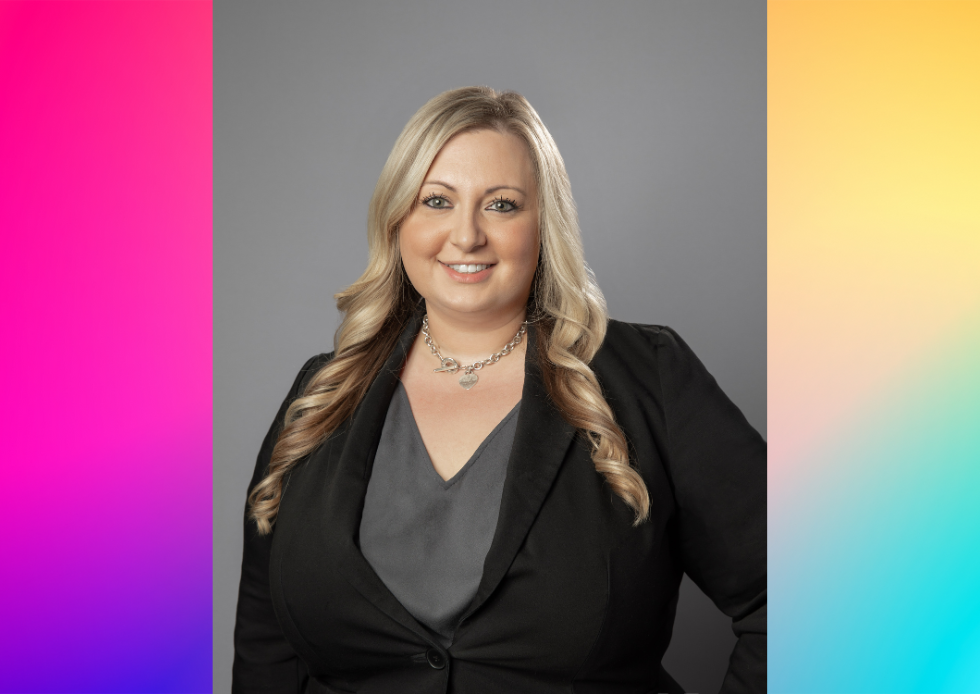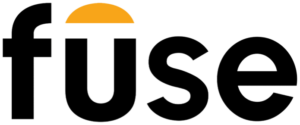Community First: Designing Events That Connect, Engage, and Evolve

In this edition of Community Catalyst, we sit down with Leah Lewis, CMP, CEM, DES, a powerhouse in human-centered event design and community-building. As Senior Director of Education and Events at the American Gear Manufacturers Association, Leah leads a team that delivers 40+ global trainings and events annually. With a career spanning associations and nonprofits across IT, legal, scientific, and medical sectors and as President-Elect of the PCMA Capital Chapter Leah brings a bold, strategic lens to creating events that educate, connect, and inspire. In our conversation, she shares practical insights on designing for engagement, scaling impact, and keeping community at the heart of every experience.
Getting Started in the Event Industry
How did you first get started in the events industry?
“I took an intro to Events Management course during my sophomore year at George Mason University and immediately knew that I wanted to pursue a career in the events industry; the blend of logistics and creativity resonated with me. I decided to pursue a degree in Tourism and Events Management, where I studied event and hospitality management and completed internships with the American Heart Association and Leukemia and Lymphoma Society working on special events and fundraising which led me to a career as an association meeting planner.”
Community Engagement in Event Strategy
As an Event Director, how are you integrating community engagement initiatives into your event strategy? Are these considerations new to your planning process?
“Community engagement is a high priority at AGMA events. As a small, specialized industry, networking is essential for success and our events are built to provide a platform for attendees to connect, exchange ideas, and collaborate in a safe environment. We try to incorporate icebreakers, curated networking experiences, and hands-on tours or activities to facilitate camaraderie and help attendees forge relationships. Giving just a small prompt can help attendees identify a common goal and create a bond.”
American Gear Manufacturers Association produces over 40 events and training programs. How do you tailor your community engagement strategies to suit the different event types and audiences?
“We have a very broad audience that reaches from highly technical engineers to C-Suite executives, so the strategy for community engagement varies greatly for every event. We try to start with what attendees look to get out of the event (finding suppliers, learning the latest in emerging technology, etc.) and use that as the end goal to facilitate community building activities.”
From your perspective, how does nurturing a community around your events amplify their value?
“Especially in smaller associations, events tend to feel like the “family reunion” and as much as we want to pack the day with content, we need to leave room for organic networking, time for suppliers to connect with their customers, and even time for attendees to decompress and reflect on the time spent so far. The “in between time” is often where community is built. We try to facilitate optional activities for participants to do in their free time to help create bonding moments in small groups, it’s a great way to learn more about people and connect with other attendees with similar interests, and gives them a reason to get out and explore the local area with old or new friends!”
Why is community especially important right now, and in what ways are AGMA advocating for your members during this time?
“It has been amazing to see our members collaborate and share ideas and resources during struggles in recent years due to supply chain issues, workforce shortages, and economic uncertainty. The relationships built between our members happens at in-person events. There is no better way to connect, build trust, and find your tribe than to attend an event with peers who are experiencing the same struggles as you. Events are where you come to focus on the good of the industry and how you fit into the big picture. “
Year-Round Engagement & Signature Events
When planning your event engagement strategy, how do you ensure it builds momentum leading up to your annual convention?
“Our largest event, Motion + Power Technology Expo, is every other year, so this can sometimes be a challenge for us. We try to weave the brand in as much as possible at our other signature events and help drive brand awareness during the off-year. We pride ourselves in offering customized experiences for attendees and try to build on these activities on smaller scale throughout the year. For example, we offer self-guided curated tours of our show floor on specialized topics and lean on these same topics for education throughout the year.”
Designing with the Audience in Mind
When designing events with your audience in mind, what strategies guide your approach?
“Always use history and data to make improvements from one year to another. This can be as simple as making sure there is enough coffee in the morning based on past consumptions or having an understanding of how late evening events should go based on past participation. Your audience will tell you exactly what they want to see, whether you ask them or not. Even small data points can make a big difference in experience.”
Can you speak about the importance of flexibility in today’s environment? Has AGMA shifted any planned events to virtual or hybrid?
“There are a lot of unknowns facing the events industry today, but also the industries that our communities represent. It is important to have an understanding of what challenges your attendees are facing in their day-to-day life and build programs that adapt to their needs. For AGMA, we have increased our number of virtual training courses, including on-demand options, for those who are onboarding new staff rapidly and need fundamental training on their schedule and not ours. For our larger signature programs, we still find that in-person connection is the primary reason for attending and have not added a hybrid option because of that.”
Key Takeaways from Leah Lewis
Throughout our conversation, Leah shared actionable insights that any event professional can apply. Here are a few standout lessons to keep in mind as you design with your community at the core:
- Design with intention – Use attendee goals to shape programming, from technical training to casual connection.
- Embrace flexibility – Virtual and on-demand options can meet learners where they are.
- Let the data guide you – Even small insights (like coffee consumption!) can drive better attendee experiences.
- Make room for magic – Unstructured time may be the most powerful community-building tool you have.
Leah’s approach is a masterclass in human-centered event design and a powerful reminder that community isn’t a trend; it’s a strategy.
